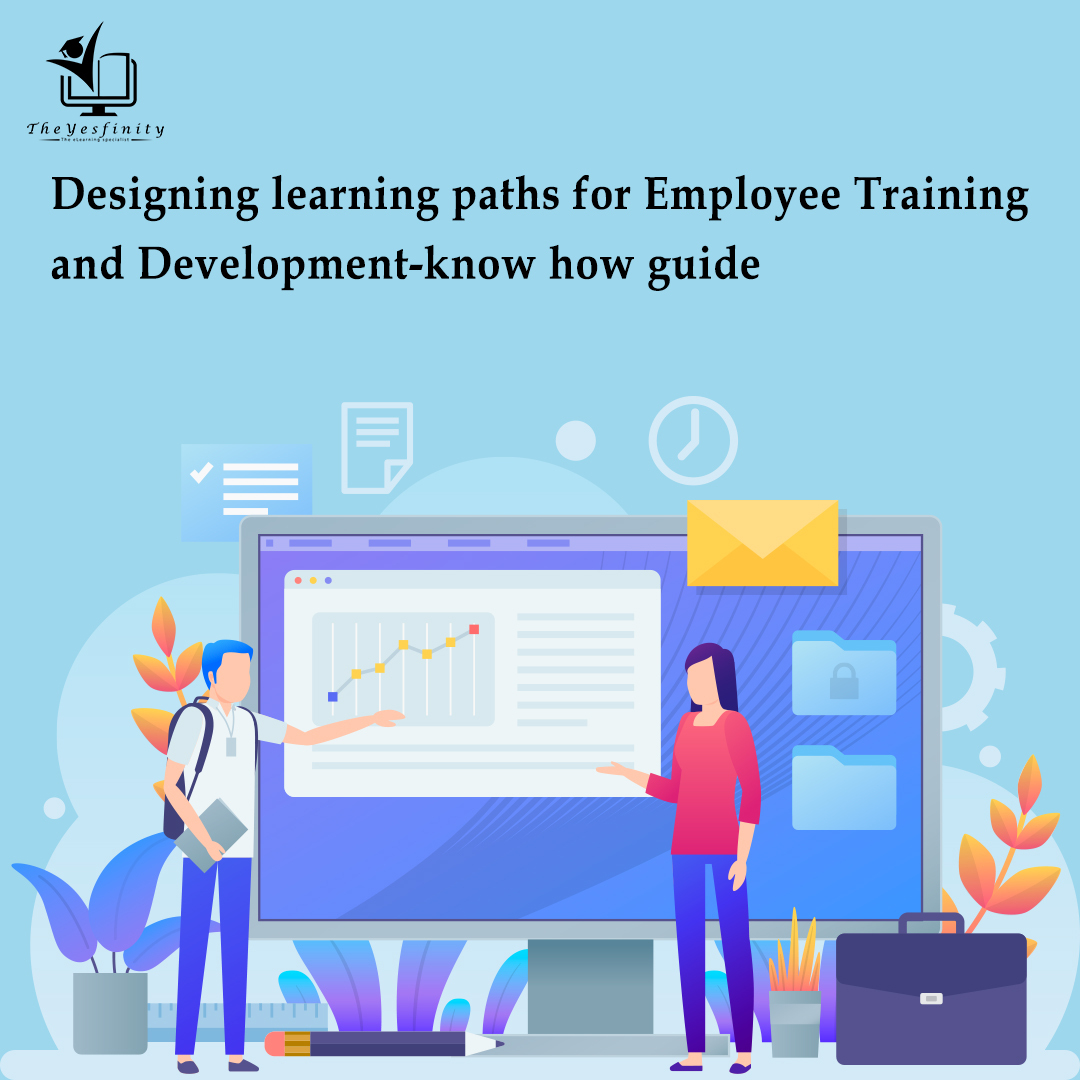
Table of content
1. Introduction
2. Learning is learner-centric
3. A 5 Step Process
“Known is a drop and unknown are an ocean” is a famous saying. This simply means we never stop learning through our life. Learning is a continuous process regardless of where we are in our life. Continuous learning is what makes development and growth possible. Organizations today offer a varied range of training and development opportunities to their employees in the view of enabling them to learn constantly and grow with the organization. However, the real challenge in providing these training opportunities is the design and development of it.
A factor that most of us consider precious today is freedom. Especially after the pandemic, the value of freedom has tremendously increased. Employees want freedom too and they do not prefer being instructed to learn in a confined space in ways that they do not fathom. While learning through training and development is critical for employees, the organizations today have an addition need to value and provide employees the freedom to learn in their preferred ways.
Designing and developing learning paths for employees and ensuring they have the freedom to learn in ways they see appropriate is easily said than done. In fact, many organizations fail to keep their employees up to date on the latest trends in the industry despite spending a fortune on training & development. The only apparent reason for the failure of training & development programs is not making it learner centric.
Learning is learner-centric
One of the common misconceptions many have is that learning is focused on the knowledge imparted. While this is partially true, learning is primarily based on the learner. Only when the learning paths are focused on learners, there is a potential that it succeeds. When it comes to employee training, the learning paths followed are quickly falling apart because the focus is never on the learners.
Every learner has unique needs and defining a standard learning path simply doesn’t do the trick. ‘One size fit all’ doesn’t work in learning. Therefore, creating personalized learning paths for employees is an extremely important step organizations must take to ensure the investment they make on learning & development becomes an asset.
A 5 Step Process
We now list out the step-by-step process that must be involved in designing a personalized learner-centric learning paths for your employees.
Step #1: Talk to your employees
Today, when we say learning & development, it is certainly online. There is no other way to look at this. When you design your online learning paths, begin by talking to your employees. Understand their needs. Know their preferences with platforms, skills, structure, and format. When you know what your employees prefer, you already have an initial training & prototype created.
Use both open-ended questions and closed ended questions to understand the employee’s expectations. Today, it is not just important that you allow employees to choose what they learn, it is also important to provide choice about how, when, and where they learn. So, make no assumptions and understand every requirement clearly through questionnaire, surveys, and one-on-one interviews.
Step #2: Allow learners to set their goals
When developing training & development programs, it must always be the learner who chooses their learning goals and not the designers. As designers, it is extremely important that you create the learning path to consist of independent, reusable learning nuggets, so the learners can set their own learning goals and pick the learning nuggets that will help them meet their goals.
Step #3: Provide a course blueprint
It is extremely important that learners appreciate the course structure and understand what possible end goals they can create for themselves. Employees need to know what they can expect and what to aim for, so allow them access to the course blueprint. This course blueprint must allow employees to understand the complete structure of the course, and how they can customise this learning experience to allow them to meet their goals.
Step #4: Focus on interactivity
Gone are the days when learners simply starred at the screen for hours with no kind of interaction. Today, interactive eLearning is something you cannot avoid having. Creating interactive eLearning allows employees to create their own course map and set their learning goals. Making the eLearning fun and interactive will reel in the learners and allow them to meet both their personal and organizational goals.
Step #5: Make it as real as possible
With virtual learning environment, many have started missing the experience of learning in live classrooms. We humans are social animals, and we cannot have enough social interactions. In fact, social interactions enhance our learning process and hence it is critical that you include as many social interactions as possible through your learning path. Discussion forum, debates, social chat room, social media groups etc… allow learners to gain an amazing learning experience. Include as many social interactions as possible so peer learning improves, and the overall success of training & development improves too.
Finally, design the learning experience and not the process. When you start viewing training & development as an experience rather the process, the success rates improve. Every learning designer must ask themselves a critical question: “What is the experience I am creating for the learners?” When you answer this question effectively, you are ready to design your learning path.
An adaptive eLearning experience is pivotal for organizations training their employees. Creating inclusive personal learning experiences will enhance the chances of the learner creating a personal growth route for themselves and for the organization. It is extremely important that the learners are understood, their knowledge gap identified, and the right tools are delivered to them, in the format they desire, so the organization sees a clear path of progression towards their learning goals .
Happy designing!





